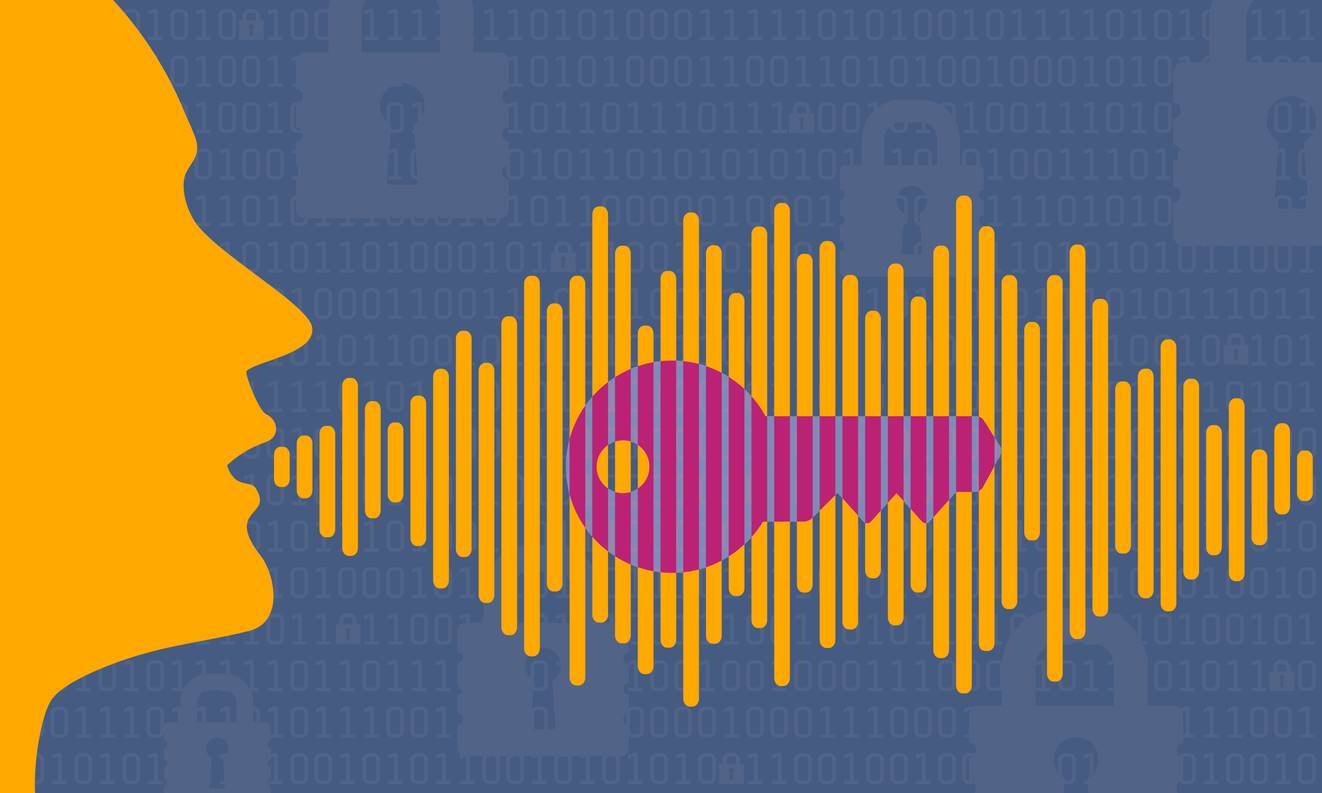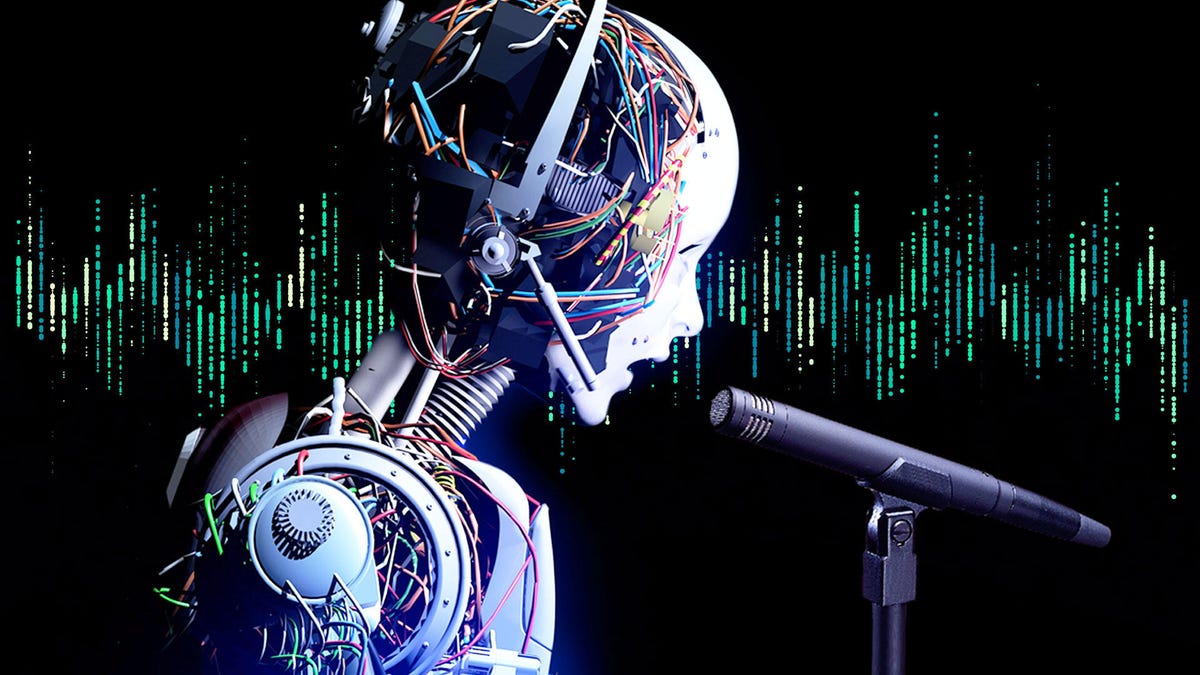Introduction
In recent years, voice verification has become a popular and convenient form of biometric authentication. It has been adopted by banks, customer service systems, and smart devices to verify users through speech. A simple phrase can grant access to sensitive services. The appeal is clear: it's fast, user-friendly, and doesn't require physical contact or remembering passwords.
However, with the rapid advancements in artificial intelligence, especially voice synthesis technology, serious concerns have emerged. AI voice cloning can now replicate a person's voice from just a short sample, raising the critical question: can voice verification still be trusted?
What is Voice Verification?

Voice verification works by creating a unique "voiceprint" that captures individual speech characteristics such as pitch, accent, rhythm, and tone. This voiceprint is then compared to any new recording to authenticate the user.
Systems typically fall into two categories:
- Text-dependent: Requires you to recite a specific phrase (e.g., "my voice is my password").
- Text-independent: Can authenticate you from any spoken sentence.
Voice verification is a type of biometric authentication that uses unique vocal traits to confirm identity by comparing a user's voice with a stored voiceprint. While this approach offers a seamless and intuitive way to secure access, advances in AI-driven speech synthesis are increasingly able to replicate these vocal nuances, making it easier for fraudsters to spoof a legitimate user's voiceprint. Its long-term reliability depends on continuously evolving defenses against sophisticated synthetic voices.
Voice Cloning Technology

AI voice cloning involves training machine learning models on short voice samples, sometimes as brief as 10 to 30 seconds. These models can then generate new audio in the same voice by converting text into speech, often making it indistinguishable from a real human voice.
Visualizing Voice Sample Acquisition Methods
Hackers employ various methods to obtain voice samples. Here are some common ways:

Social Media Videos
Publicly available videos on social platforms are a common source for voice samples.
YouTube Uploads
Content uploaded to YouTube, even short clips, can be used to train AI models.
Phone Recordings or Voicemails
Intercepted calls or saved voicemails can provide valuable voice data.
Online Meetings or Calls
Recordings from virtual conferences or calls can be a source for voice cloning.
Security Challenges

The rise of AI voice cloning introduces significant security challenges to voice verification systems:
- Lack of liveness detection: Many current systems cannot distinguish between a live human voice and a sophisticated AI-generated deepfake.
- Over-reliance on single-factor authentication: Using voice verification as the sole security measure makes systems highly vulnerable to cloning attacks.
- Evolving AI capabilities: The rapid advancements in AI speech synthesis mean that deepfake voices are becoming increasingly realistic and harder to detect.
- Difficulty in changing voiceprints: Unlike passwords, a compromised voiceprint cannot be simply changed, making robust protection of this biometric data critical.
A notable real-world example of a voice attack involved cybercriminals using a cloned voice of a CEO to trick an employee into transferring $243,000 to a fraudulent supplier. This highlights how realistic and convincing cloned voices can be when used in social engineering attacks.
Defense Strategies
Liveness Detection Explained
Liveness detection ensures that the speaker is physically present and speaking in real-time. This may involve asking users to repeat random phrases or numbers, which AI-generated audio cannot easily mimic accurately and in sync.
Multi-Factor Authentication (MFA)
Combine voice with other verification methods:
- Combine voice with OTP (One-Time Password)
- Use voice plus facial recognition
- Behavioral patterns as an additional layer
Detecting Deepfake Voices
- Analyze spectrogram patterns
- Identify inconsistencies in pitch and tone
- Use neural networks trained to spot synthetic voices
Protecting Voiceprint Data
Voiceprints are sensitive biometric data that, if leaked, cannot be changed like a password. Encryption, proper access control, and secure storage are necessary to protect this data.
The Role of AI in Defense
- Use AI to detect AI-generated audio
- Train systems with deepfake examples
- Implement adaptive learning models
AI's power to clone voices can also be used against audio forgeries. By training defensive models on the subtle tell-tale signs of deepfakes, even those indistinguishable to the human ear, systems can learn to flag synthetic speech. Looking ahead, voice verification could evolve from a one-time check to an ongoing guardrail, continuously analyzing vocal patterns and tracking gradual shifts to spot anything out of the ordinary. This "continuous authentication" model promises a much more resilient shield against increasingly sophisticated attacks.
Raising User Awareness
- Be careful when sharing voice recordings online
- Stay informed about voice fraud risks
- Verify unusual calls or requests
Future Directions
The future of voice security includes continuous authentication, encrypted voiceprints, and stronger regulations governing voice data collection and usage. Voice verification will remain useful, but only when combined with other strong security measures.
Conclusion
Voice verification remains a powerful and convenient tool for digital identity confirmation. However, in the age of AI voice cloning, it cannot be used as a standalone security measure. The ability of AI to replicate voices with near-perfect realism presents a serious threat to systems that rely solely on sound. To secure voice-based authentication, we must implement multi-factor systems, develop better detection methods, and raise awareness about voice fraud risks. The future of voice security depends on our ability to stay one step ahead of attackers with smarter technology and smarter strategies.
